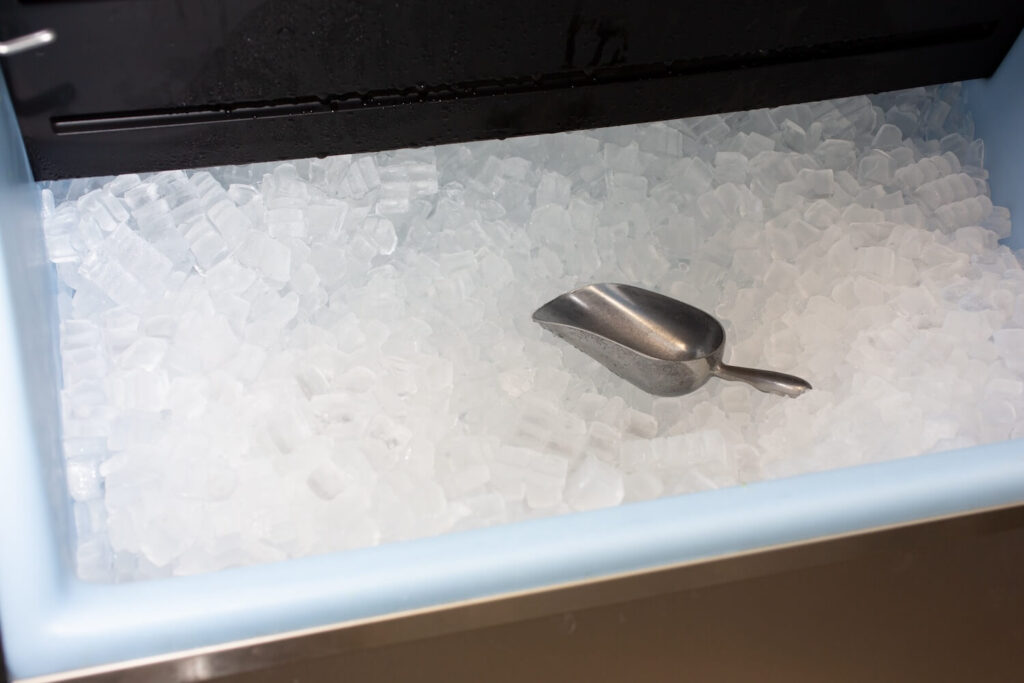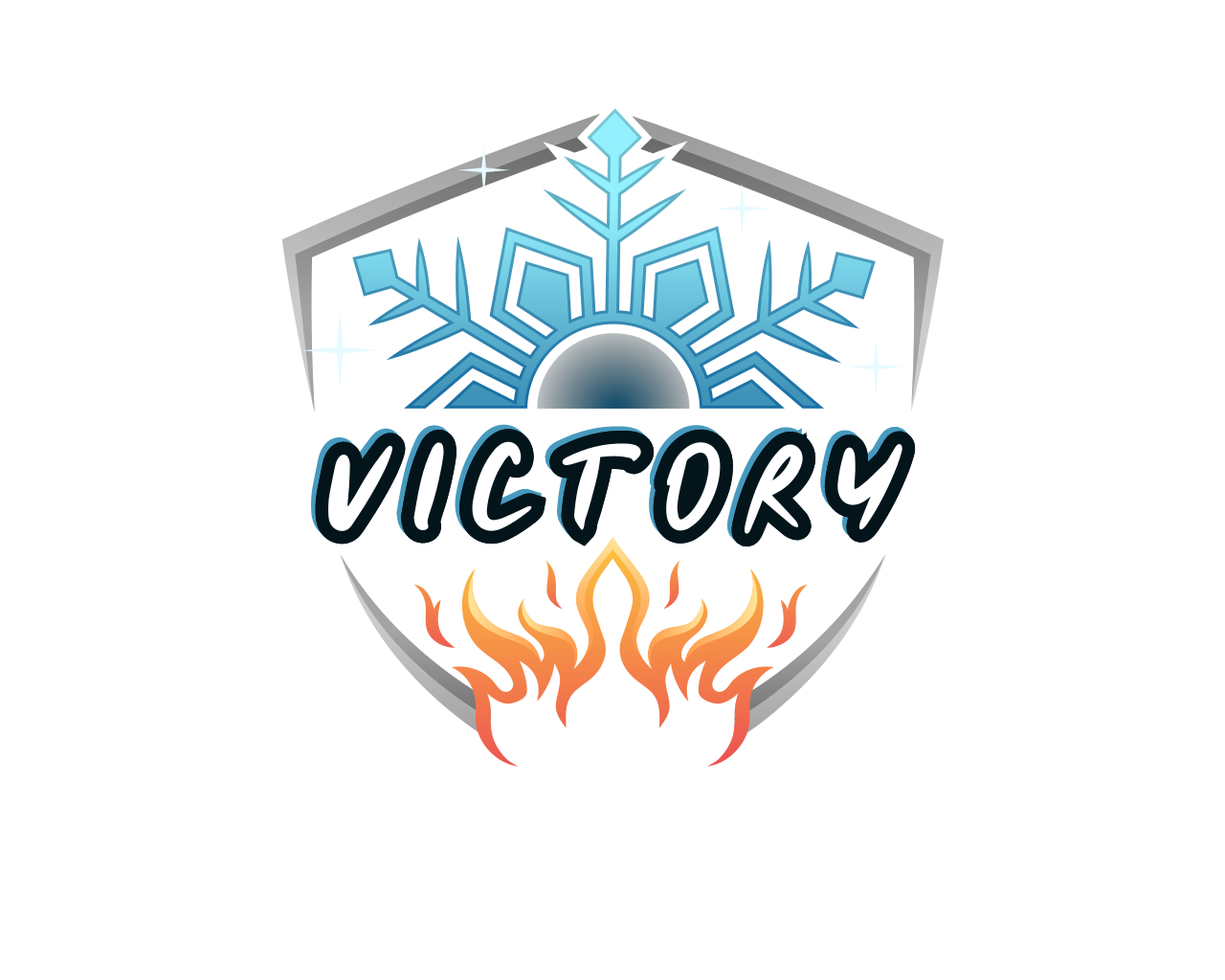
An ice machine is a crucial part of daily operations for businesses in the foodservice, hospitality, healthcare, and various other industries. From restaurants and hotels to hospitals and bars, ice machines play a key role in delivering ice for beverages, food storage, and even medical use. Given their high usage, it’s vital to ensure they remain in excellent condition to avoid downtime, maintain ice quality, and prevent costly repairs.
Maintaining your ice machine properly can extend its lifespan, reduce energy consumption, and improve overall efficiency. However, neglecting maintenance can lead to mechanical breakdowns, poor ice quality, and premature replacement. This article will guide you through the essential steps to care for and repair your ice machine, helping you avoid costly disruptions in service.
1. Regular Cleaning and Sanitization
Regular cleaning is the most basic yet important maintenance task that can extend the life of your ice machine. Over time, ice machines accumulate dirt, mold, and bacteria, all of which can contaminate the ice produced. Cleaning prevents these contaminants and maintains both ice production and hygiene.
Why Cleaning Is Critical
An unclean ice machine can lead to several issues:
- Bacterial Growth: Bacteria and mold can grow inside the machine and on the ice, potentially posing a health risk.
- Clogged Components: Dirt, minerals, and debris can accumulate inside the machine, blocking water lines and affecting the functionality of vital parts.
- Poor Ice Quality: Dirty machines can lead to cloudy or contaminated ice, which affects the taste of beverages or food and can result in unsatisfied customers or clients.
Steps for Cleaning Your Ice Machine
- Turn Off and Unplug the Machine: Always ensure the machine is powered off and unplugged to prevent accidents during cleaning. If possible, close the water valve to stop the water supply temporarily.
- Remove Ice: Dispose of all ice from the bin, as old ice may have collected dirt or bacteria. It’s essential to start with an empty ice storage area before cleaning the machine.
- Clean the Exterior: Using a damp cloth, wipe down the exterior of the machine. For stainless steel exteriors, avoid using harsh chemicals or abrasive materials. Use non-abrasive cleaners designed for stainless steel to maintain the finish.
- Disinfect the Ice Bin and Scoop: The ice bin and scoop should be disinfected regularly to reduce the risk of bacterial contamination. Use a food-safe disinfectant and let the surfaces air dry before placing any new ice inside the bin.
- Clean the Evaporator and Condenser Coils: Both the evaporator and condenser coils play vital roles in ice production. Dust and dirt accumulation on these components can lead to inefficiency. Use a soft brush or vacuum cleaner to gently remove any debris. Be cautious around the evaporator, as it contains delicate components. Always follow the manufacturer’s recommendations for coil maintenance.
- Descale the Machine: Hard water can cause mineral deposits to build up inside the machine, leading to scale on the evaporator plates and water lines. Use a descaling solution recommended by your machine’s manufacturer. Typically, you will need to run the descaler through the system, wait for it to dissolve the minerals, and then rinse the system thoroughly.
- Sanitize the Water Reservoir: The water reservoir is another area that requires regular cleaning. You can use a mixture of water and a sanitizer recommended for ice machines. Be sure to rinse the reservoir thoroughly after sanitizing to remove any lingering cleaning agents.
Frequency of Cleaning
- Daily: Clean the ice bin and remove any excess ice. Wipe the exterior down to remove any fingerprints or stains.
- Weekly: Perform a more detailed clean of the machine, including dusting off the coils and removing debris from the water reservoir.
- Monthly: Check the entire system for any mineral build-up, clean or replace water filters, and check for any leaks or signs of wear.
- Every 6 Months: Perform a deep cleaning of the entire system, including descaling the evaporator and condenser coils.
2. Maintain Optimal Water Quality
Ice machines rely heavily on the water they use to produce ice. Poor water quality can significantly impact the ice machine’s performance, and even more critically, it can affect the quality of the ice. Contaminants, including calcium, lime, and other minerals, can cause scaling inside the machine, reducing efficiency, while bacteria and chemicals can harm the ice’s taste and safety.
Water Filtration Systems
Install a water filtration system to remove impurities from your water. Water filters can help prevent the buildup of minerals that can block water lines and coat internal components, reducing the efficiency of the ice-making process. A good filtration system can also remove any chlorine, sediment, and other contaminants that may affect the taste of the ice.
Types of Filtration Systems:
- Activated Carbon Filters: These remove chlorine and odors, improving the taste of your ice.
- Reverse Osmosis Systems: These provide more thorough filtration, removing minerals, bacteria, and other contaminants.
- Sediment Filters: These remove large particles and sediment that could clog the machine.
Ensure you choose a water filtration system that is compatible with your ice machine, as some systems may be designed for specific water conditions or needs.
Monitor Water Temperature and Pressure
The temperature and pressure of the water entering your ice machine play a role in the quality of the ice produced. Water that is too hot or too cold may result in imperfect ice formation, while low water pressure can lead to incomplete or uneven ice production.
- Water Temperature: Water entering the ice machine should be kept at a temperature of 50°F to 90°F for optimal ice-making. If the water is too warm, the ice machine may have to work harder, causing strain on the system.
- Water Pressure: Ice machines typically operate best at a water pressure between 20 and 100 psi. Low pressure can result in smaller ice cubes or no ice at all.
3. Regularly Check and Replace Air Filters
Air filters in ice machines are designed to protect the internal components from dust, dirt, and debris. Over time, these filters can become clogged, restricting airflow and causing the machine to overheat or work harder than necessary. This can reduce the lifespan of the unit, increase energy consumption, and hinder ice production.
How to Clean or Replace Air Filters:
- Turn Off the Ice Machine: For safety, always turn off the machine before performing any maintenance.
- Remove the Air Filter: Air filters are typically located near the condenser unit, either in the back or the side of the machine. Depending on your model, the filter may slide out or require unscrewing.
- Clean the Filter: If the filter is reusable, use a vacuum cleaner or compressed air to remove dust and debris. If the filter is washable, rinse it under warm water, ensuring it’s completely dry before reattaching.
- Replace the Filter: If the air filter is too damaged or clogged to clean effectively, replace it with a new one. Always use a filter that’s compatible with your ice machine model.
Air filters should be checked and cleaned or replaced every 3 to 6 months, depending on the environment. Machines operating in dusty or high-traffic areas may require more frequent filter maintenance.
4. Inspect the Ice Machine Regularly for Issues
Routine inspections are an essential part of preventing larger problems from developing. Regular checks can help detect any issues early, ensuring that your ice machine operates optimally.
What to Look for During Inspections:
- Unusual Noises: If the machine starts making grinding, clicking, or buzzing noises, this could indicate an issue with the motor, compressor, or another mechanical part.
- Decreased Ice Production: If the ice machine is producing less ice than usual, it could indicate problems with the water supply, evaporation system, or the refrigerant.
- Dirty or Cloudy Ice: If your ice looks cloudy, slimy, or discolored, this could be a sign of poor water quality or a malfunctioning filtration system.
- Water Leaks: Water pooling around the machine is a common indication of leaks in the water line or the drain system.
- Error Codes and Alarms: Many modern ice machines feature diagnostic systems that alert you to problems via error codes. Consult the machine’s user manual to troubleshoot any issues flagged by these codes.
If you notice any of these issues, take action immediately to avoid further damage.
5. Schedule Professional Maintenance and Repairs
Although regular cleaning and minor adjustments can be handled by most operators, it’s always a good idea to schedule professional maintenance once a year or every six months. Professional technicians are trained to perform in-depth inspections, diagnosing issues that may not be immediately obvious.
What Professional Maintenance Includes:
- Refrigerant Check: Professionals will ensure that the refrigerant levels are optimal. Low refrigerant can lead to inefficient cooling and poor ice production.
- Electrical System Check: Technicians can inspect the electrical components, such as the compressor, motor, and control panel, ensuring that everything is in proper working order.
- Deep Cleaning: Professionals can perform a more thorough cleaning of components like the evaporator and condenser coils, areas that are harder to reach during routine maintenance.
- Replacement of Worn Components: Technicians can replace worn-out parts like seals, gaskets, and bearings before they cause a problem, helping prevent costly repairs down the line.
6. Optimize the Environment Around the Ice Machine
Where you place your ice machine matters. Environmental factors such as temperature, humidity, and ventilation can significantly impact its performance and longevity.
- Ventilation: Ensure the machine is located in a well-ventilated area. The condenser coils require proper airflow to release heat and maintain optimal performance.
- Temperature: Keep the ice machine in a location with a stable, moderate temperature. Placing it in areas that are too hot or too cold may cause it to work harder than necessary.
- Space: Make sure there is adequate space around the machine for airflow. It should not be placed directly against walls or in tight corners.
Final Thoughts
By following these ongoing ice machine care and repair tips, you can significantly extend the lifespan of your ice machine, avoid frequent repairs, and ensure high-quality ice production. Regular cleaning, water quality maintenance, and timely inspections are the cornerstones of a reliable and efficient ice machine. And while basic maintenance can be performed in-house, don’t hesitate to schedule professional servicing to tackle more complex issues and keep your machine running smoothly for years to come.
